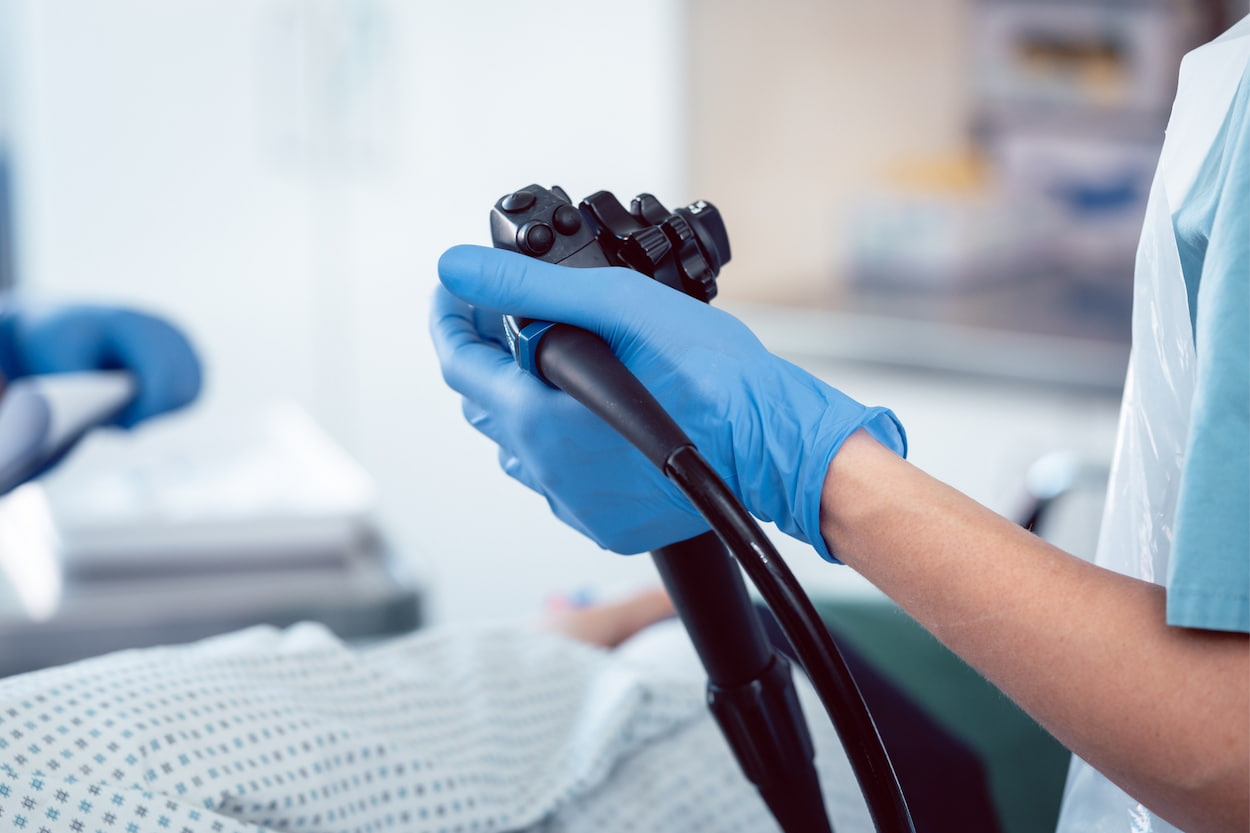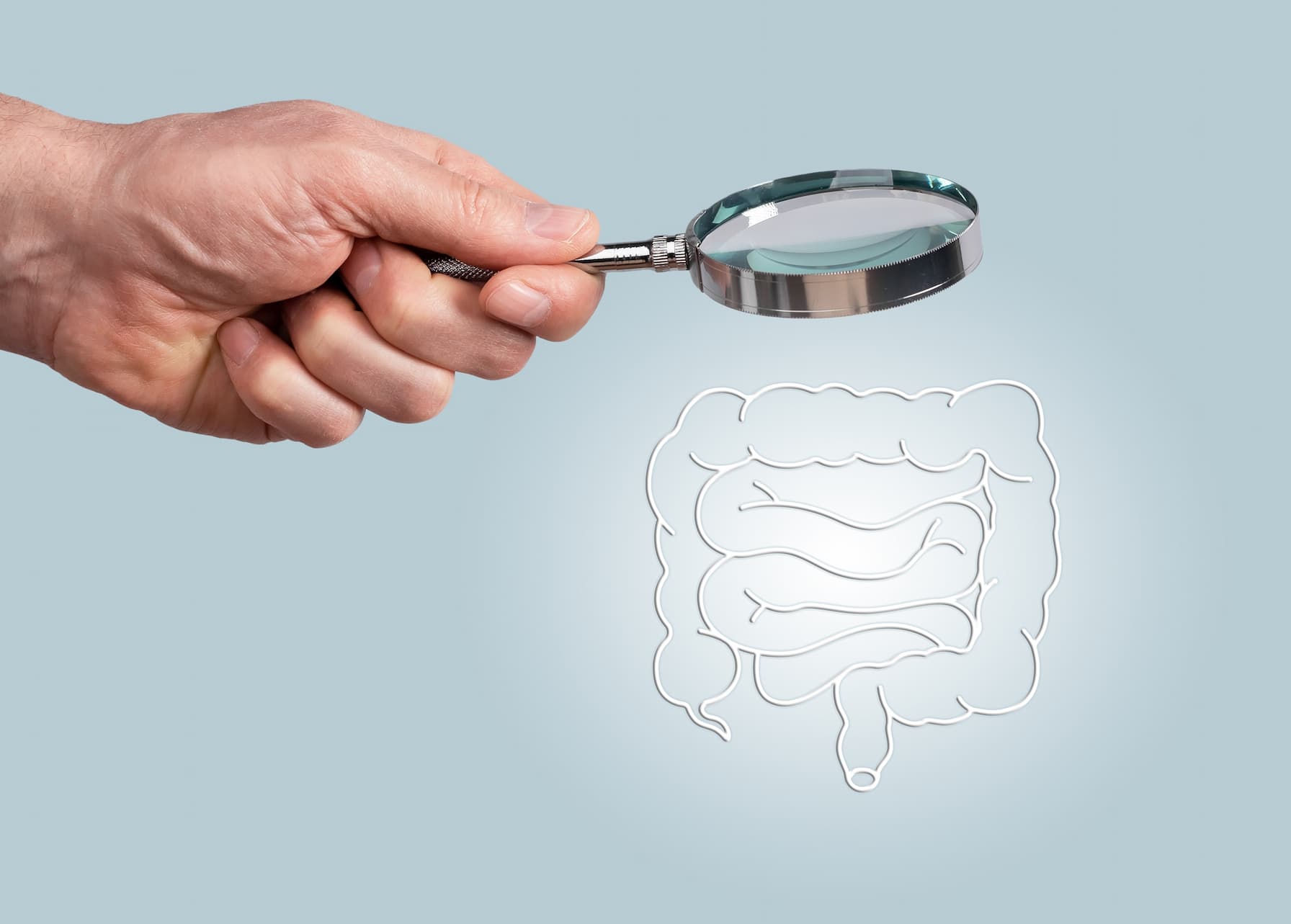
Sedation for Colonoscopy: Types, Levels, and Side Effects
Sedation for colonoscopy is a topic of growing interest among patients and healthcare providers alike. Colonoscopy is a medical procedure used to diagnose and treat a variety of gastrointestinal conditions, including colon cancer.
While the procedure itself is important for maintaining gastrointestinal health, many patients report that the process can be uncomfortable and anxiety-inducing. This is where sedation comes in. The use of anesthesia for colonoscopy can make the procedure more tolerable for patients, which can improve compliance with screening recommendations.
However, the use of anesthesia for colonoscopy is a controversial topic, and some experts question whether it is necessary for all patients. In addition, the use of anesthesia carries some potential risks and side effects, which must be carefully weighed against the potential benefits.
In this article, we will explore the various types of anesthesia used for colonoscopy, the levels of colonoscopy sedation, and the potential side effects of colonoscopy anesthesia. We will also discuss whether the use of anesthesia is necessary for all patients and what patients can expect during and after the procedure.
What Type of Anesthesia is Used For Colonoscopy?
The type of anesthesia used for colonoscopy varies depending on the patient's age, medical history, and other factors. There are three main types of sedation used for colonoscopy: conscious sedation, moderate sedation, and deep sedation.
Conscious sedation involves the use of a mild sedative, such as Valium or Versed, to help the patient relax and feel more comfortable during the procedure. The patient remains awake and alert but may experience some mild amnesia and have little memory of the procedure.
Moderate sedation, also known as "twilight sedation," is a stronger sedative that is given intravenously. Patients are usually able to respond to verbal cues but are in a deeply relaxed state and may not remember the procedure at all.
Deep sedation involves the use of a general anesthetic to put the patient in a state of unconsciousness. This type of sedation is typically reserved for patients with special needs, severe anxiety, or for complex procedures that require extended periods.
Levels of Colonoscopy Sedation
Colonoscopy sedation can be categorized into three levels, which are mild sedation, moderate sedation, and deep sedation. Mild sedation is the lowest level of sedation and is typically used for patients who are anxious or nervous. It involves the use of a mild sedative to help the patient relax and feel more comfortable during the procedure.
Moderate sedation, also known as conscious sedation, is the most commonly used form of sedation for colonoscopy. It involves the use of a stronger sedative, such as propofol, to help the patient relax and reduce discomfort during the procedure. Patients who undergo moderate sedation are still able to respond to verbal cues and breathe on their own.
Deep sedation is the highest level of sedation and involves the use of general anesthesia. It is typically reserved for patients who have a medical condition that requires general anesthesia or who are undergoing a complex procedure.

Colonoscopy Sedation Levels: Which to Choose?
The choice of colonoscopy sedation level depends on several factors, including the patient's medical history, age, and the complexity of the procedure. Mild sedation is typically used for patients who are anxious or nervous but do not require deeper sedation. Moderate sedation is the most commonly used form of sedation and is appropriate for most patients undergoing a colonoscopy. It provides adequate pain relief and allows patients to remain awake and alert during the procedure.
Deep sedation is typically reserved for patients who have a medical condition that requires general anesthesia or who are undergoing a complex procedure. It is not commonly used for routine colonoscopies, as it carries a higher risk of side effects and requires specialized training to administer.
The Colonoscopy Patient Anesthesia Experience
The colonoscopy patient's anesthesia experience can vary depending on the type and level of sedation used. Patients undergoing mild sedation may experience a mild feeling of relaxation and calmness, while those undergoing moderate sedation may feel drowsy and have little memory of the procedure.
Patients undergoing deep sedation will be unconscious during the procedure and will have no memory of it. The anesthesia provider will monitor the patient's vital signs throughout the procedure to ensure their safety and comfort.
Possible Side Effects of Colonoscopy Anesthesia
Like any medical procedure, colonoscopy with anesthesia can carry some potential risks and side effects. The most common side effects of colonoscopy sedation are mild and include nausea, vomiting, headache, and dizziness. These side effects usually resolve within a few hours after the procedure.
In rare cases, more serious side effects can occur, such as allergic reactions to the anesthesia or breathing difficulties. This is why patients need to disclose their medical history and any allergies or sensitivities to their healthcare provider before the procedure.
Colonoscopy With Anesthesia: Is It Necessary?
The use of anesthesia for colonoscopy is a controversial topic, and some experts believe that it may not be necessary for all patients. However, many patients report that sedation makes the procedure more tolerable and less stressful, which can improve compliance with colon cancer screening recommendations.
In addition, sedation can also improve the quality of the procedure by allowing the healthcare provider to perform a more thorough examination without causing discomfort or distress to the patient.
Overall, the decision to use anesthesia for colonoscopy should be made on a case-by-case basis, taking into account the patient's medical history, age, and personal preferences. Patients should discuss their options with their healthcare provider and weigh the potential benefits and risks before making a decision.
Side Effects of Colonoscopy
A colonoscopy is a commonly used procedure to examine the colon and rectum for any abnormalities, including polyps or signs of cancer. While colonoscopy is a relatively safe procedure, there are some potential side effects that patients should be aware of.
The most common side effects of colonoscopy are related to the preparation for the procedure. Patients are typically instructed to follow a strict liquid diet and take laxatives or other medications to cleanse the colon before the procedure. This preparation can cause some discomfort, including bloating, cramping, and diarrhea.
During the procedure itself, some patients may experience mild discomfort or pressure as the colonoscope is inserted into the rectum and advanced through the colon. However, the use of anesthesia can help reduce discomfort and improve patient comfort during the procedure.
Possible Side Effects of Colonoscopy Anesthesia
The use of anesthesia for colonoscopy can help make the procedure more comfortable for patients, but it can also carry some potential risks and side effects. The most common side effects of colonoscopy sedation are mild and include nausea, vomiting, headache, and dizziness. These side effects usually resolve within a few hours after the procedure.
In rare cases, more serious side effects can occur, such as allergic reactions to the anesthesia or breathing difficulties. This is why patients need to disclose their medical history and any allergies or sensitivities to their healthcare provider before the procedure.
Patients who receive anesthesia for colonoscopy may also experience some after-effects, such as drowsiness or grogginess. It is important for patients to arrange for a ride home after the procedure and to avoid driving or operating heavy machinery for at least 24 hours after the procedure.
Anesthesia for Colonoscopy with Healthy Türkiye
In conclusion, colonoscopy is an important screening tool for detecting and diagnosing gastrointestinal conditions, including colon cancer. The use of anesthesia for colonoscopy can help make the procedure more tolerable and improve compliance with screening recommendations. You can discuss your options with Healthy Türkiye’s health team and weigh the potential benefits and risks before making a decision.



